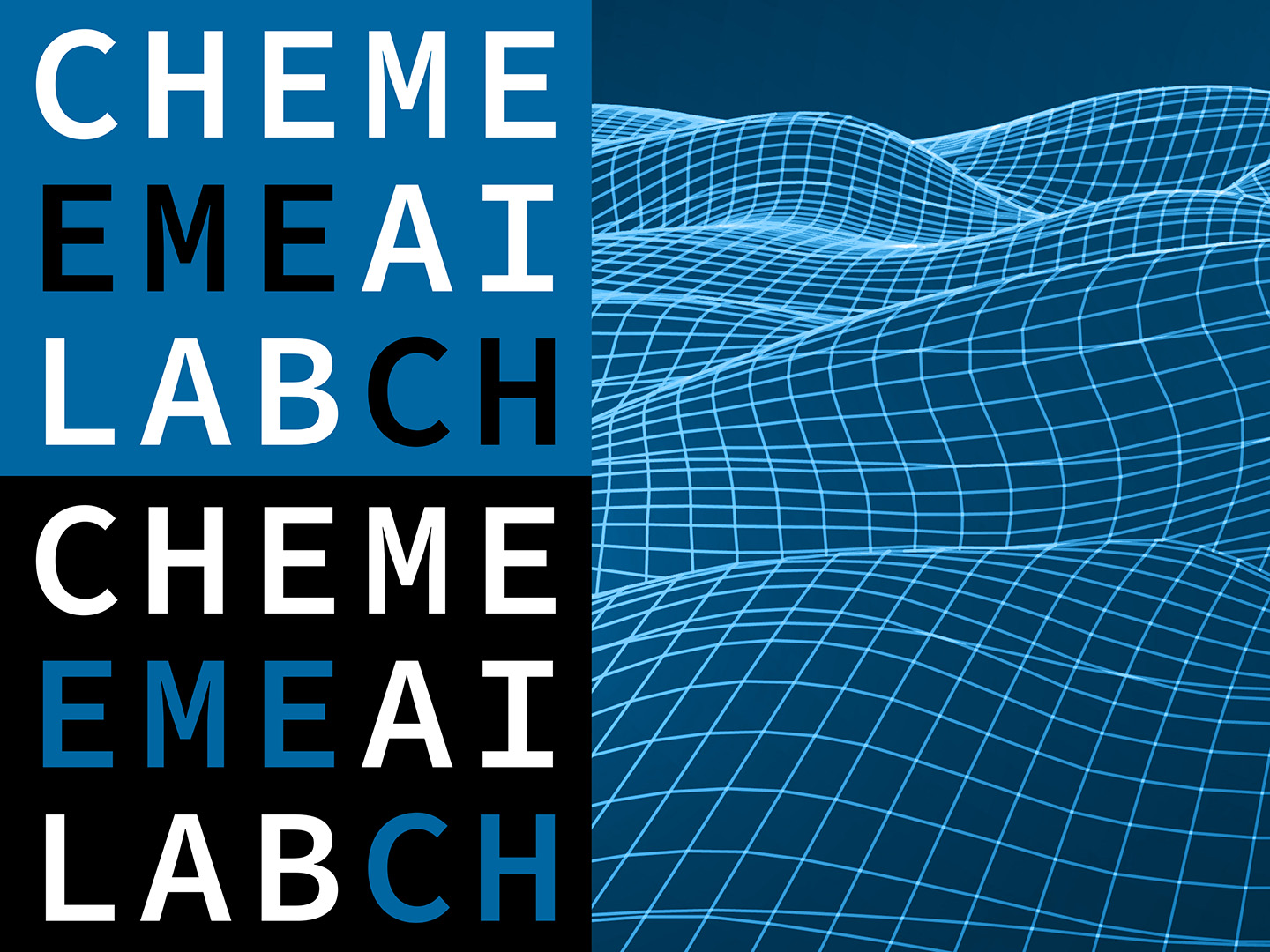Projects
Summaries of the ongoing projects being undertaken by CHEME AI Lab are below. Please contact us. if you would like to know more.
Projects: AI in Chemical Engineering
Chemical Engineering Knowledge Graph
We ‘face’ heterogeneous unstructured data sources within chemical engineering, developing sophisticated data processing pipelines. These specialised pipelines can transform such data into structured and linked target data. The Chemical Engineering Knowledge Graph will provide linked data for future AI applications in chemical engineering.
Hybrid modelling
Integrating knowledge into AI is of utmost importance in chemical engineering. For example, a combination of data-driven and mechanistic modelling can overcome the curse of dimensionality faced in purely data-driven approaches. Such hybrid modes also allow for extrapolation beyond the convex hull of the training data. However, the integration of knowledge into deep learning structures is still limited.
Human-centred AI for data fusion
Chemical engineering is highly related to chemistry and biotechnology. Combining existing databases from these domains is crucial in order to unleash the full potential of big, open, linked data. Beyond the chemical engineering community, adjacent fields will also benefit. This challenging aspect of data fusion requires joint efforts in AI and chemical engineering, involving specific chemical engineering data and databases formats.
We plan to exploit human-centred AI for data fusion, leveraging the joint power of human and machine intelligence for this challenging task. Ultimately, we envision a weakly supervised end-to-end learning algorithm for data fusion that is trained through an active learning workflow.
Creativity and knowledge discovery
Discovering interpretable knowledge and creatively generating new concepts are major goals in joint AI/chemical engineering research. The Knowledge-Driven-AI-Lab will yield a huge information-rich knowledge graph that is applicable to knowledge discovery. In other research areas, first studies have already been conducted towards this goal, such as the discovery of free-form natural laws from kinematic experiments (Schmidt et al. (2009)). However, knowledge discovery and AI-based creativity have barely been touched in CE and require joint AI/CE research.
There is particular potential for knowledge discovery on linked data. We will program agents that discover new concepts autonomously and communicate them with data mining algorithms – guiding discovery – and with experimental platforms for hypothesis validation. In the context of flowsheet synthesis, superstructure optimisation on the knowledge graph could create novel process configurations, which best reuse waste streams and renewable energy sources, through mixed-integer linear optimization. This contributes to building a circular economy.
Graph Neural Networks for Molecular Property Prediction
Predicting molecular properties is an important and challenging task, often involving quantitative structure–property relationship (QSPR) models. Recently, a machine learning method, graph neural networks (GNNs), has shown promise for predicting structure–property relationships. GNNs use a graph representation of molecules, where atoms correspond to nodes and bonds to edges containing information about the molecular structure. More specifically, GNNs learn physicochemical properties as a function of the molecular graph in a supervised learning setup, using a backpropagation algorithm. This end-to-end learning approach eliminates the need for selection of molecular descriptors or structural groups, as it learns optimal fingerprints through graph convolutions and maps the fingerprints to the physicochemical properties by deep learning. We develop GNN models for various molecular properties.
Self-Optimisation
Autonomous reaction platforms and robots are the future of chemistry and biotechnology laboratories. Already, they can find optimal reaction conditions for small-dimensional continuous variables, such as temperature and pressure, through machine learning algorithms Discrete solvent selection through continuous descriptors has also recently been considered.
At present, algorithms cannot use all available information due to their heterogeneous nature and high dimensionality. We envision new algorithms to design experiments including solvents, catalysts, and reaction conditions. Experimental platforms will change from automated to autonomous. These new platforms will act as curious and competitive agents that communicate with one another.
Optimisation with surrogate models embedded
ReLU artificial neural networks (ANNs) can be used to approximate complex functions from data. In order to embed these functions into optimisation problems, strong network formulations are needed. We develop methods and software that employ progressive bound tightening procedures to produce MIP encodings for ReLU networks. This allows users to embed complex and nonlinear functions into mixed-integer programs.
Projects: AI in Medical Imaging
Interpretable Medical Image Analysis
The state-of-the-art AI method for medical image analysis is deep learning, which performs better than classical image analysis methods. Deep learning differs from classical methods in that it learns image features autonomously from huge amount of data, rather than using hand-crafted, interpretable image features. Such deep learning models typically work in the over-parametrisation regime, where there are far more parameters than training samples – a regime where the classical bias-variance theory no longer holds. The flexibility of network architectures, hyper-parameters, and optimisation routines further make deep learning models opaque – not only to users but also to designers. All of this renders deep learning medical image analysis poorly interpretable. For clinical applications where clinical decisions are involved, interpretability of deep learning based medical image analysis is of great interest.
Generalisable Medical Image Analysis
Medical image data have a few peculiarities. First, inter-subject variability is intrinsically high, as every subject is different. Second, the statistical properties depend not only on the subject, but also on the imaging process. Third, real-world data have a ‘long tail’ distribution, implying that abnormal cases are abundant, especially in clinical data where the purpose was medical examination. It is therefore crucial, if we want practical deployment of an AI system, to generalise a medical image analysis method on data from different subject cohorts, imaging devices and medical centres.

